Just north Lake Yojoa and west of San Pedro Sula are the Santa Barbara mountains. It's peak is the second highest in Honduras and a hike to it's summit is a strenuous but popular day hike. We considered taking on the challenge but later dropped the idea in favor of a more enticing option, the possibility of seeing a Resplendent Quetzal!
The forested slopes of this mountain are home to some of the flashiest of the avian species: Trogons, Toucans, Motmots, Solitaires and a variety of Hummingbirds, each with distinctive and colorful plumage thrive here. And the Resplendant Quetzal, a member of the Trogon family, is arguably the most spectacular among them. It is estimated that up to 300 pairs of Quetzals occupy the misty montane preserve of Santa Barbara that encompasses nearly 125 sq.km. of broad leaf rain and cloud forest. Instead of a frantic scramble to the summit we wanted to do a more leisurely hike that would be more birding focused and increase the chances of spotting this threatened species.
While the folks running DD did not organize such a trip routinely, in their on-going effort to promote community based eco-tourism ventures they were able to put us in touch with the right people who would be able to put together this trip for us. Since this was a new arrangement, it was decided that the regular DD trip organizer, Walter, would accompany us as well, both to iron out any logistic issues and to serve as translator.
At the appointed hour next morning Denis, the trail guide and his brother Luis, the driver showed up in their truck to pick us up. We hopped on to back of the flatbed and after a bumpy 1.5 hour ride (with a few stops to check out roadside bird sightings) we were at the village of Dorado at the base of the mountain. Awaiting us at David's home was Pablo, the expert birder who would lead the hike. David also introduced us to his family, his wife and two young daughters - Liniker 10 and Daniella 5. We were shown around their back garden in which they grew bananas, sugarcane, potatoes, avocado and oranges. After some coffee and sweet bread we set off with the friendly Liniker added to the entourage. Her father wanted her to get familiar with hiking in the forest so she could help out on these trips in the future. We could not have been more pleased to have this pleasant youngster join this all grown-up group and welcomed the addition. Back on the the truck for a couple of kms, we were dropped off by the side of the road to start the hike.
Video: Santa Barbara Mountains countryside from the truck
The early sections of the trail took us by several coffee plantations. The geography of Honduras is perfect for growing coffee and it is an important cash crop for the country. The production and export of coffee coupled with high international prices actually saved the state from a certain bankruptcy in late 2000s. Consequently it is serious business and there is evidence of it everywhere in the form of co-operatives.
Even as we contemplated the importance of coffee, our binoculars were trained to the sky examining the raptors flying high overhead. Much discussion ensued on the finer points of distinguishing Black Vultures from the Caracara, both with similar under-wing patterns. As the hike progressed several colorful warblers, tanagers, orioles and other woodland species (too numerous to enumerate here) kept us busy. As we left behind the coffee plantations, corn fields and fruit orchards, the trail climbed steadily and the forest became more dense. The tree canopy was also much higher making birding by sight more challenging and we were heavily reliant on Pablo's ability to pick out bird calls.
After we had been at it for several hours lunchtime was declared. A small clearing was identified and a few broad leaves on the forest floor served to keep clothes getting muddy. We sat around in a circle for a delicious picnic lunch that was augmented by wild avocados that Denis had picked up on the trail as we hiked up. Unlike regular avocados, these had a distinct aroma of anise and according to Denis this was a favorite food of Trogons and Quetzals. As we relaxed for a bit after lunch, Liniker and Walter sated their curiosity about us while also telling us about their own lives.
When we resumed post-lunch, the hunt was on! We were in the midst of a patch of cloud forest, prime habitat for Trogons and Toucans. We trailed behind Pablo counting on his ability to pick out their calls. If a bird decided to be quiet as we passed by, we felt we had next to no chance of spotting it amidst the dense trees. Time passed and some distance was covered. Nothing. Finally something flashed past and when it landed high overhead it was a Collared Trogon! Soon we found a second one and with necks craned we admired them for a while. The beautiful Emerald Toucanlet was spotted soon after. Also being directly overhead, it required us to assume yogic back-bend position for extended periods of time to be able to enjoy its unique beauty. Eventually we moved on. Up and up. No Quetzal. As we had already been warned, you need a generous dose of good luck and a cooperative bird to be able to spot it. Wildlife, whether birds or animals cannot be made to appear on demand. But we were happy with our Trogon and Toucanlet spotting and as we descended we knew there would be other opportunities on this or other trips.
Video: Emerald Toucanlet
Video: Collared Trogon
Back to open farmland, we rounded off the list with nice sightings of Euphonias and a Slate colored Solitaire. Luis was waiting with the truck as we exited the trail some distance away from where we had started. We drove through several small villages which offered a nice slice of rural life as we made our way back to Dorado. After some coffee and snacks we bid goodbye to Luis and Liniker to head back to DD.
Video: Ride back on the pickup truck
M rode with Denis and Walter at the back of the truck while V joined Luis in the cab up front. Denis described how some of the villagers where trained by volunteers from the Peace Corp on eco-science in general and specifically about reptiles, amphibians and birds so they could better take care of their environment. It was as part of this program that Denis and Pablo were trained and they had great respect for the organization. The Peace Corp left Honduras in 2012 because it was getting too dangerous for them to operate there.
V was getting nccely settled in the passenger seat but his comfort was short-lived as he found Luis was eager for conversation. V would normally have welcomed the opportunity but his Spanish was not good enough. It was however good enough to discover a few interesting facts about Honduras that Luis shared. He learned that Honduraneos do not get to travel abroad much. It is not so much about the money but the time and hassle of getting a passport that was the hurdle. Luis had 3 daughters and it was all trabajo, trabajo, trabajo (work) and he had dreams of moving to the US. He was making do with his coffee plantation and his Toyota pickup truck. V tried to convince him that the US was no paradise and Honduras seemed like a perfectly fine place especially if you owned your own plantation. They also managed to exchange notes about their respective cars and how well they performed in their environment.
Video: Twilight
With twilight turning to darkness and a dense fog settling in, the headlights from the truck cast a spooky glow as we rode back to DD.
Route Map
Photo Album
Hike Bird List
Wood Thrush
Motmot
Baltimore Oriole
Blue throated Euphonia
Slate throated Redstart
Wilson's Warbler
Clay colored Robin
Chestnut Oropendula
Black Ani
Brown Jay
Chestnut capped Warbler
Black throated Green Warbler
Pygmy Owl
Turkey Vulture
House Wren
Created Caracara
Zone tailed Hawk
Bushy crested Jay
Yellow backed Oriole
Slate throated whitestart
Green throated mountain Gem
Black and white Warbler
Slate colored Solitaire
Common Bush Tanager
Rufous winged Woodpecker
Collared Trogon
Emerald Toucanlet
Yellow-winged Tanager
Yellow-throated Euphonia
Great Kiskadee
Great-tailed Grackle
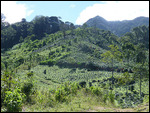
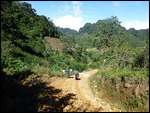

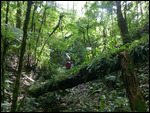


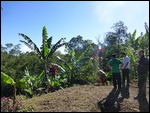


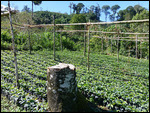

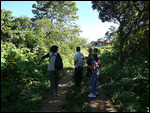



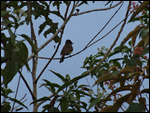
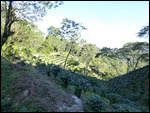
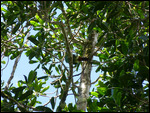

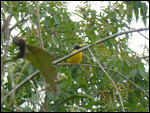
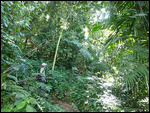
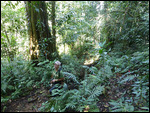
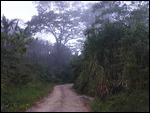
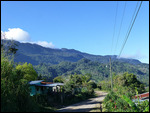
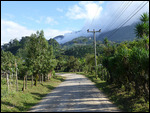

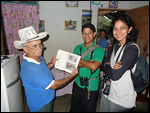


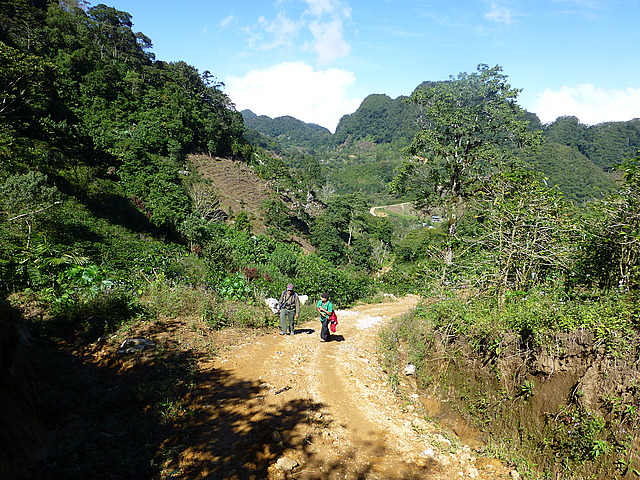
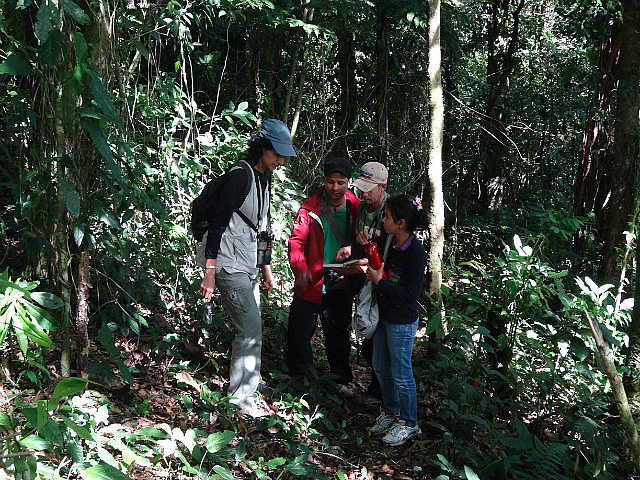
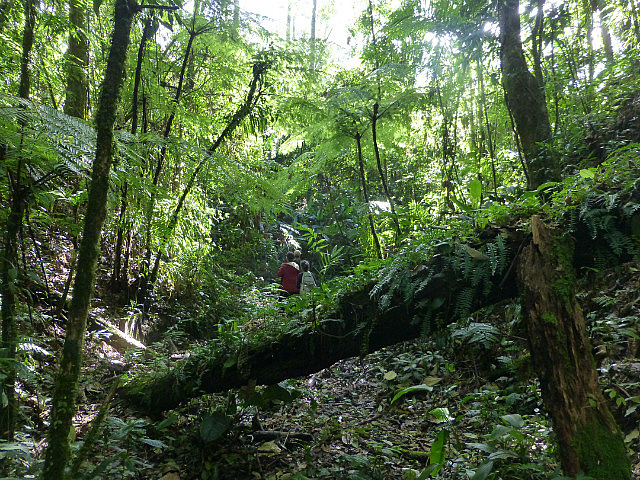

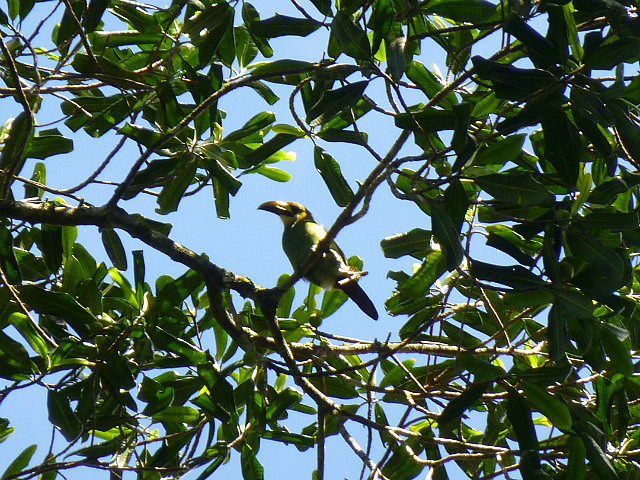
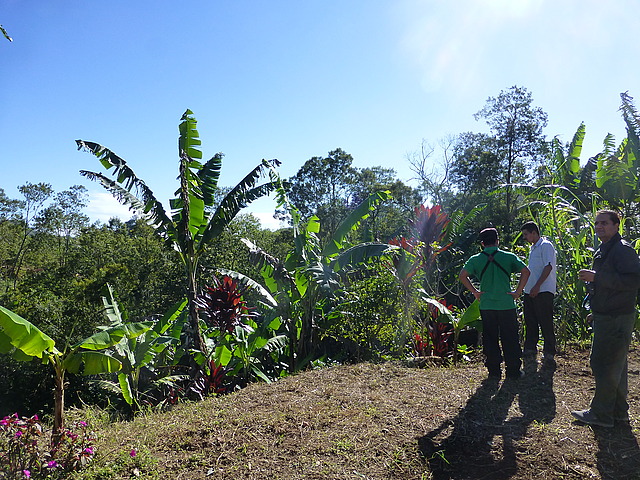

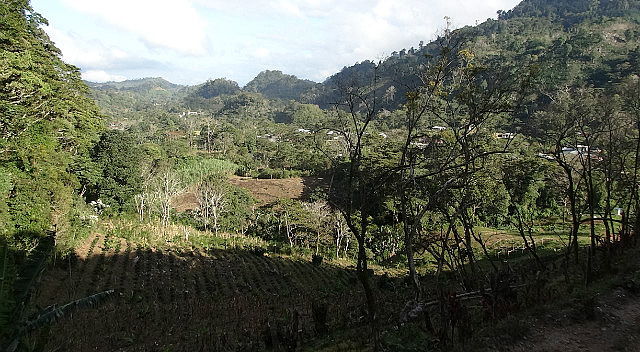


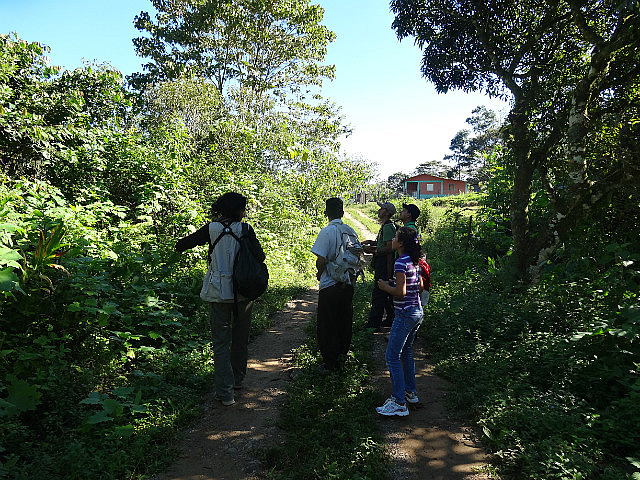
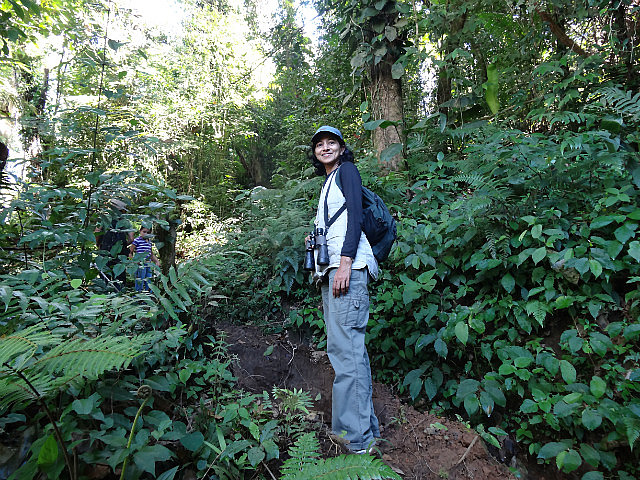


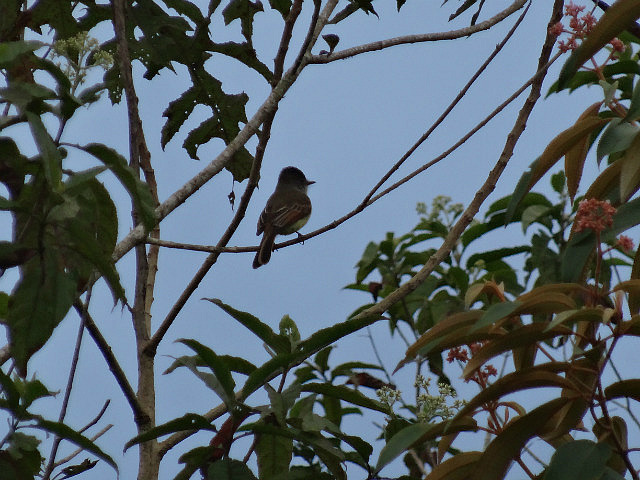

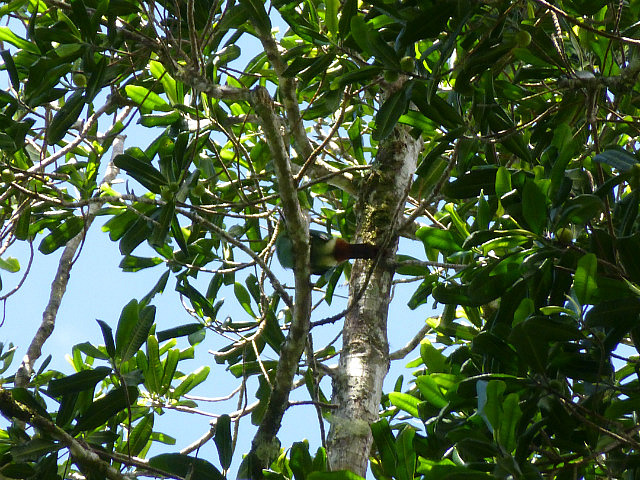



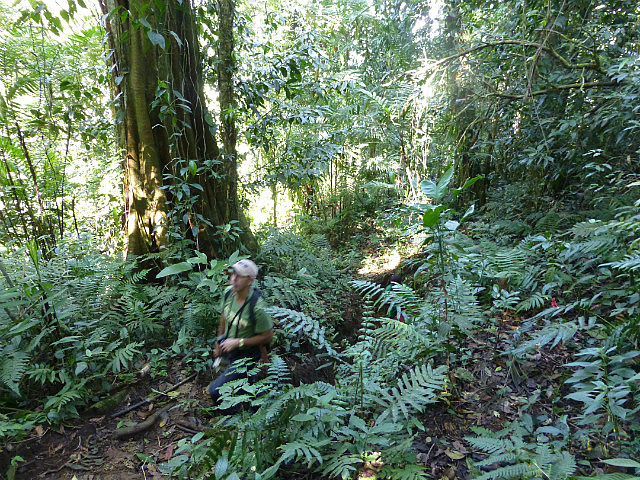
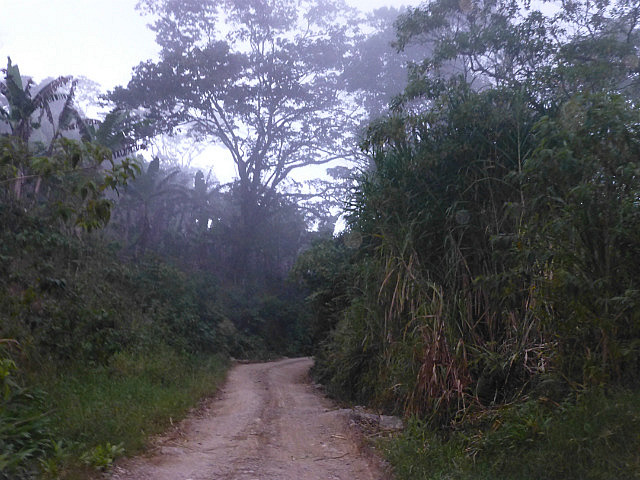

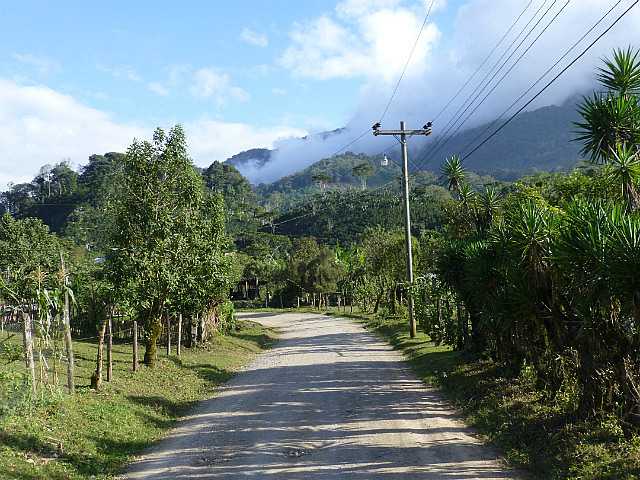
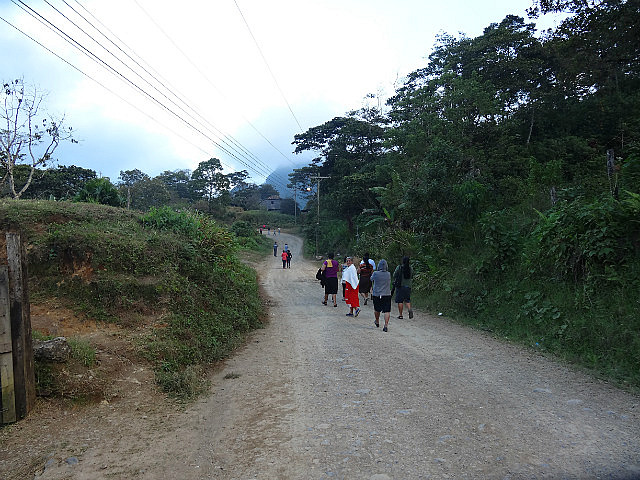
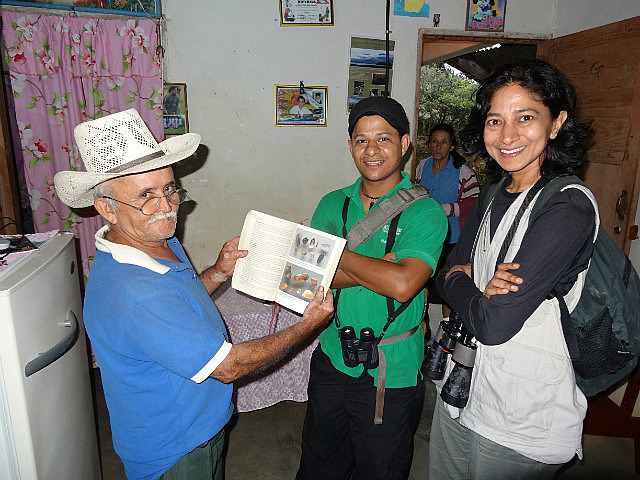
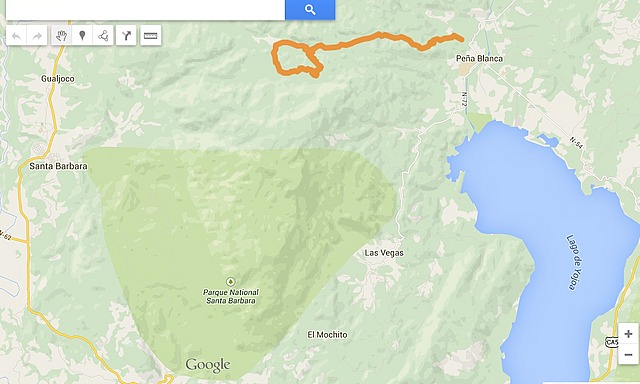
Comments